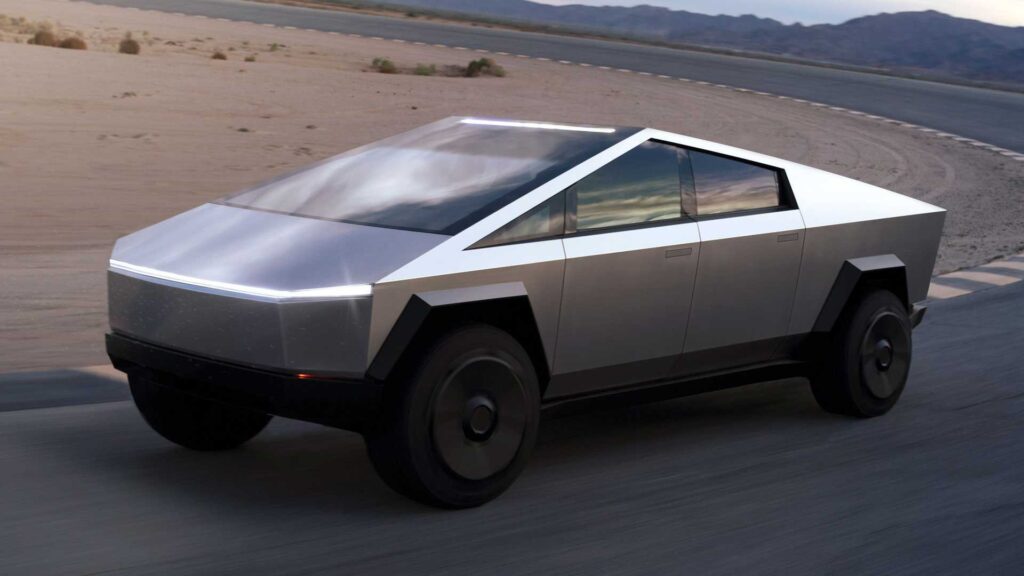
The upcoming all-electric Tesla Cybertruck pickup might get a special, performance-oriented version, with more power and torque.
Tesla CEO Elon Musk wrote a comment on X stating that yesterday he had an opportunity to check out “the performance Cybertruck” and indicated that it brings a step change in performance (compared to the regular version, as we understand): “I just drove the performance Cybertruck today and it kicks ass next-level.”
The comment, related to the Tesla Cybertruck, is attached to the Tesla Owners Silicon Valley‘s post about the possibility of a Tesla Model 3 Plaid version. Elon Musk denied that such a version will happen, but then added a comment about the “Performance” version of the Cybertruck, indirectly confirming its existence.
We wonder whether Elon Musk’s test of “the performance Cybertruck” was somehow related to the recent acceleration tests recorded at the Tesla Factory’s test track in Fremont, California. It’s possible that both the development team and Elon Musk were checking out the first prototype over the last several days.
It seems that the Tesla lineup will always include some kind of performance version:
- Model S/Model X: Plaid
- Model 3/Model Y: Performance
- Cybertruck: Performance (potentially)
It will be interesting to see whether the company’s target will be to match/exceed the acceleration of the top-of-the-line GMC Hummer EV Pickup.
Of course, Tesla is expected to offer several regular versions of the Cybertruck – with various battery/range numbers and performance.
The final specs and pricing are not available yet, although the company’s website hints at several numbers – towing capability of 14,000 pounds (compared to up to 10,000 pounds in the case of the Ford F-150 Lightning and 11,000 pounds in the case of the Rivian R1T), payload capacity of up to 3,500 pounds, range of up to 500 miles and acceleration from 0 to 60 miles per hour in as little as 2.9 seconds.
The Tesla Cybertruck is expected to enter production later this year in Texas, but initially, it might be very limited. High-volume production probably will be possible at some point in 2024.

